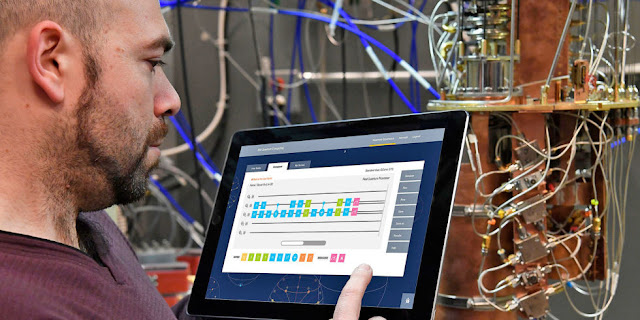New Smartphone App to Help Locate People in Areas Without Network.

Scientists have developed a smartphone app that can be used in emergency situations
arising due to earthquakes, floods or forest fires, where mobile phone infrastructure is
often rendered useless.
The system created by researchers at the Universidad de Alicante (UA) in Spain makes
it possible to locate people who have suffered an accident in remote locations without
a phone signal and where a speedy rescue is essential to save lives.
"We have designed an application (app) that can be incorporated into any smartphone and
that, without a signal, emits a Wifi signal which in turn acts as a distress beacon over a
the distance of several kilometres" said Jose Angel Berna, creator of the technology and
professor at UA.
This signal contains the location (coordinates) of the person who has suffered the accident
or disappeared and is using the smartphone emitter, along with a short message that can
be altered depending on the situation, with examples such as "I am injured," "I am
disorientated," or "I need help," said Berna.
In order to detect the distress signal, the researchers have also created a light,
portable receptor device that rescue teams or mountain shelters could use.
This device has a small antenna and connects to the smartphone of the search party.
When an accident occurs, the victim only has to activate the mobile phone app, which will,
in turn, emit the distress signal periodically - for hours or even days, even if they are
unconscious - indicating the coordinates of its location.
During the tests performed on ground and sea, it was confirmed that the device can
pick up the distress signal of the emitting smartphone up to a distance of two or three
kilometres, respectively, although it may be possible to increase its reach, researchers said.
"At present, there is no system in the world that uses Wi-fi signals to geo-locate a
smartphone. There are devices that allow you to detect mobile phone signals from a
smartphone and pinpoint its location through triangulation, but it costs around
EUR 80,000 (roughly Rs. 61 lakhs) and requires the use of a helicopter," said Berna.
However, the new system is more economical, "as its receptor has a cost that would
allow its commercialisation for approximately EUR 600 (roughly Rs. ) is used by a large
a number of rescue teams," he added.


Comments
Post a Comment